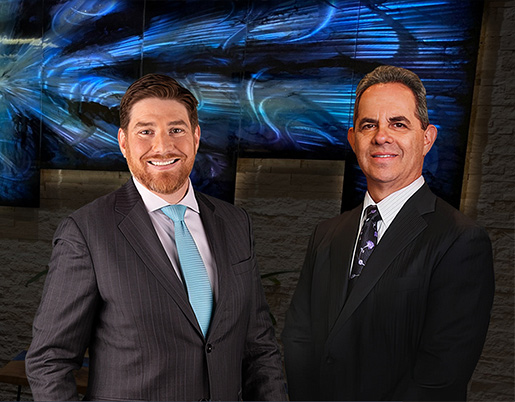Earlier this month General Motors started a new advertising campaign to acquire a larger share of the California market. Californians tend to buy more hybrids and those in other states and are more environmentally conscious. Chrysler, too, wants to grab a share of California’s penchant for small, fuel-efficient car sales which it hopes to fulfill with its partner Italian automaker Fiat. GM has already gotten rid of its high fuel consumption lines of vehicles, in particular Hummer and instead will now focus on more fuel-efficient Buick, Chevrolet, Cadillac, and GMC vehicles. Chevrolet, Cadillac, and GMC already have gas-electric hybrids in their current 2009 product lines, which include the Chevrolet Malibu, Chevrolet Silverado, Cadillac Escalade, and GMC Yukon.
The main focus of GM’s green strategy will be the Chevrolet Volt, an electric hybrid designed to travel 40 miles on one charge, and thereafter have a three cylinder gas engine take over to recharge its lithium-Ion battery pack. The car will be offered for sale in the 2010 model year.
California, in 2008, represented 24.2% of America’s hybrid market which is more than two times the state’s historical share of new vehicle sales in this past decade. Although GM has been steadily losing ground to Toyota and Honda it was still ahead of Ford and Chrysler. In 2008 GM had a 14.2% share of new car sales whereas Ford had an 11.4%, and Chrysler’s was 7.5%. These were significantly less than Toyota’s 25.6% share and Honda’s 13.4% share.






